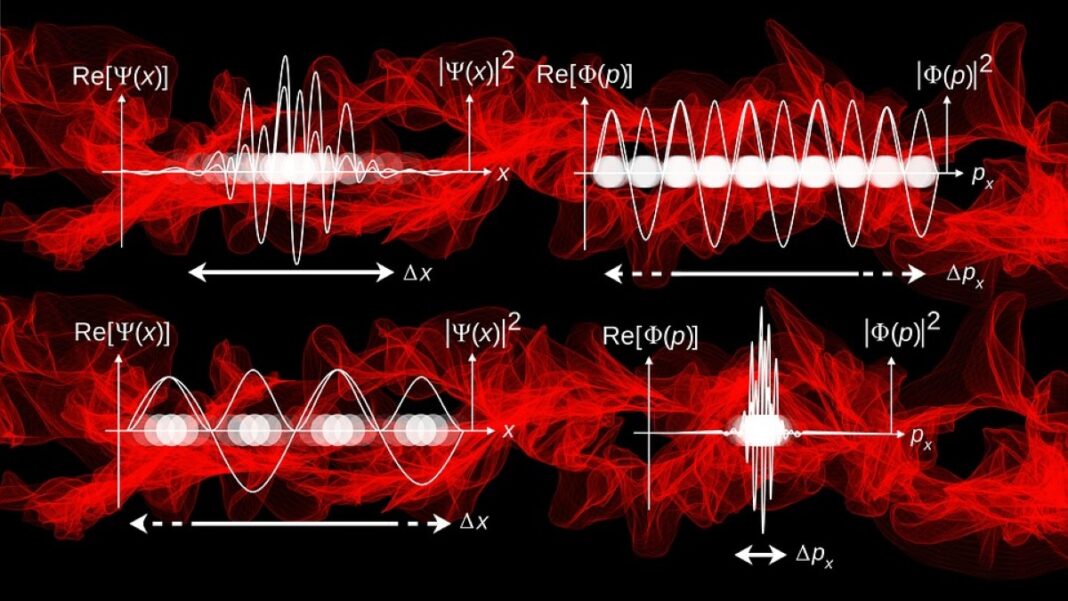INDIA: Quantum mechanics is a branch of physics that explores the behaviour of matter and energy at a microscopic level.
While classical mechanics accurately describes the motion of macroscopic objects, it fails to explain the strange and counterintuitive behaviours exhibited by subatomic particles.
One such phenomenon is quantum tunnelling, which defies the classical notion that a particle cannot pass through a barrier higher than its energy level.
In this article, we’ll explore the theory of quantum tunnelling and its applications in various fields of science.
What is Quantum Tunnelling?
Imagine a particle, such as an electron or a proton, approaching a barrier with insufficient energy to overcome it.
According to classical mechanics, the particle would bounce off the barrier and gets reflected back.
However, in the quantum world, things work differently. Instead of being reflected, the particle has a probability of passing through the barrier as if it had tunnelled through it.
This probability is related to the thickness and height of the barrier, as well as the energy of the particle.
The wave-particle duality of quantum mechanics can explain the phenomenon of quantum tunnelling.
According to this principle, particles such as electrons can exhibit wave-like behaviour, such as diffraction and interference.
The wave-like behaviour of particles means that they can be described not only as a point-like object but also as a probability distribution or a wave function.
When a particle encounters a barrier, its wave function can extend beyond it, allowing the particle to tunnel through the barrier with a certain probability.
Applications of Quantum Tunnelling
Quantum tunnelling has several crucial applications in science and technology.
One of the most well-known applications is in electronics, specifically in the operation of transistors.
A transistor is a semiconductor device that can amplify or switch electronic signals. The tunnelling of electrons across a thin barrier, known as the “tunnel junction,” is the basis for the operation of a transistor.
By controlling the thickness and composition of the barrier, engineers can manipulate the tunnelling probability and create a switch that can turn a current on and off.
Another application of quantum tunnelling is in the field of nuclear fusion. Fusion occurs when two atomic nuclei combine to form a heavier nucleus, releasing a large amount of energy.
However, for fusion to occur, the nuclei must overcome the repulsive force of their positive charges.
Quantum tunnelling provides a mechanism for the nuclei to “tunnel” through the repulsive barrier and undergoes fusion, even at lower temperatures than would be required by classical physics.
In addition to its applications in electronics and nuclear physics, biological systems have also studied quantum tunnelling.
One example is the phenomenon of enzymatic catalysis, in which enzymes facilitate chemical reactions in living organisms.
Several studies have suggested that quantum tunnelling plays a role in the ability of enzymes to catalyse reactions that would be energetically unfavourable under classical conditions.
Also Read: Colossal Biosciences Tries to Bring Back Dodo and Woolly Mammoth



